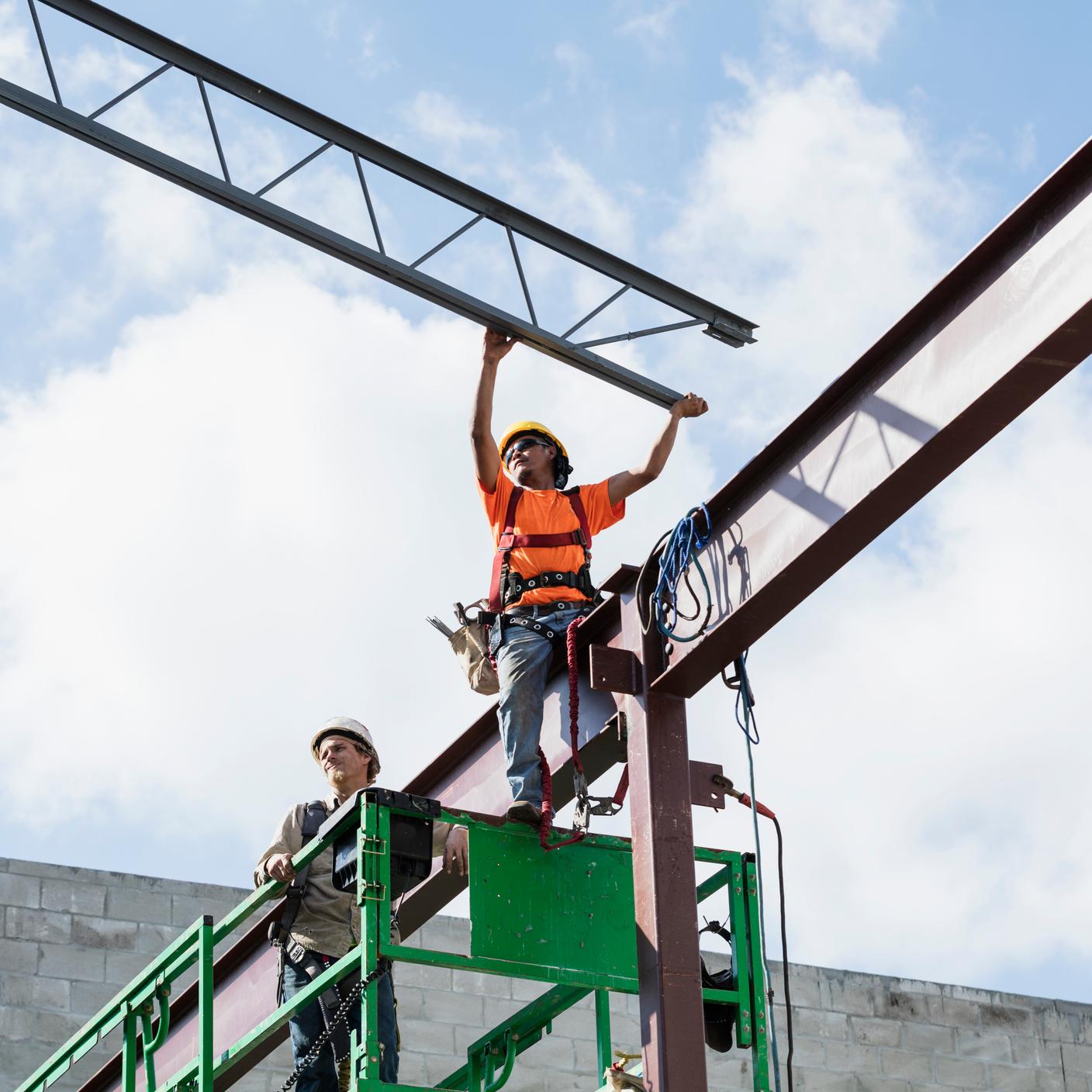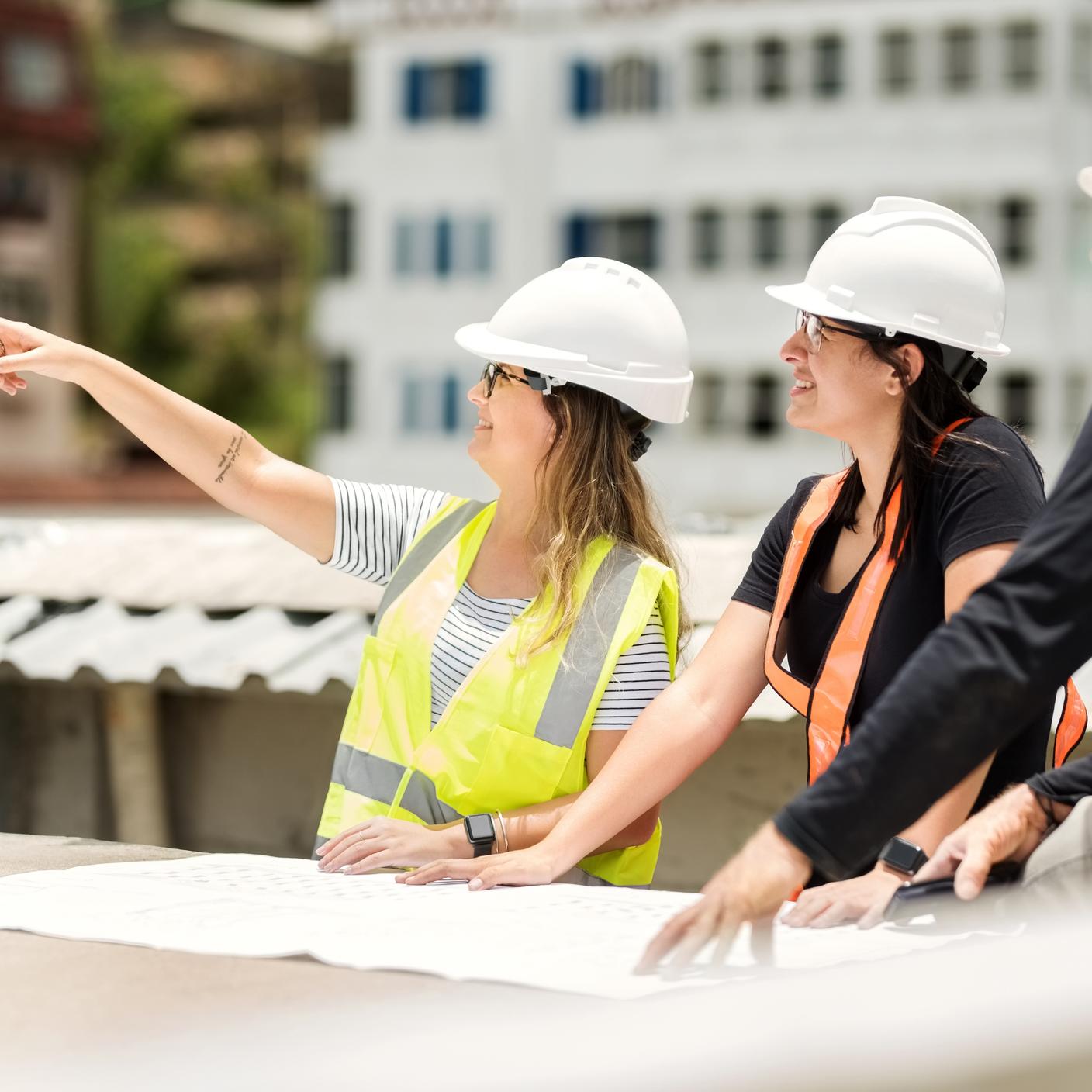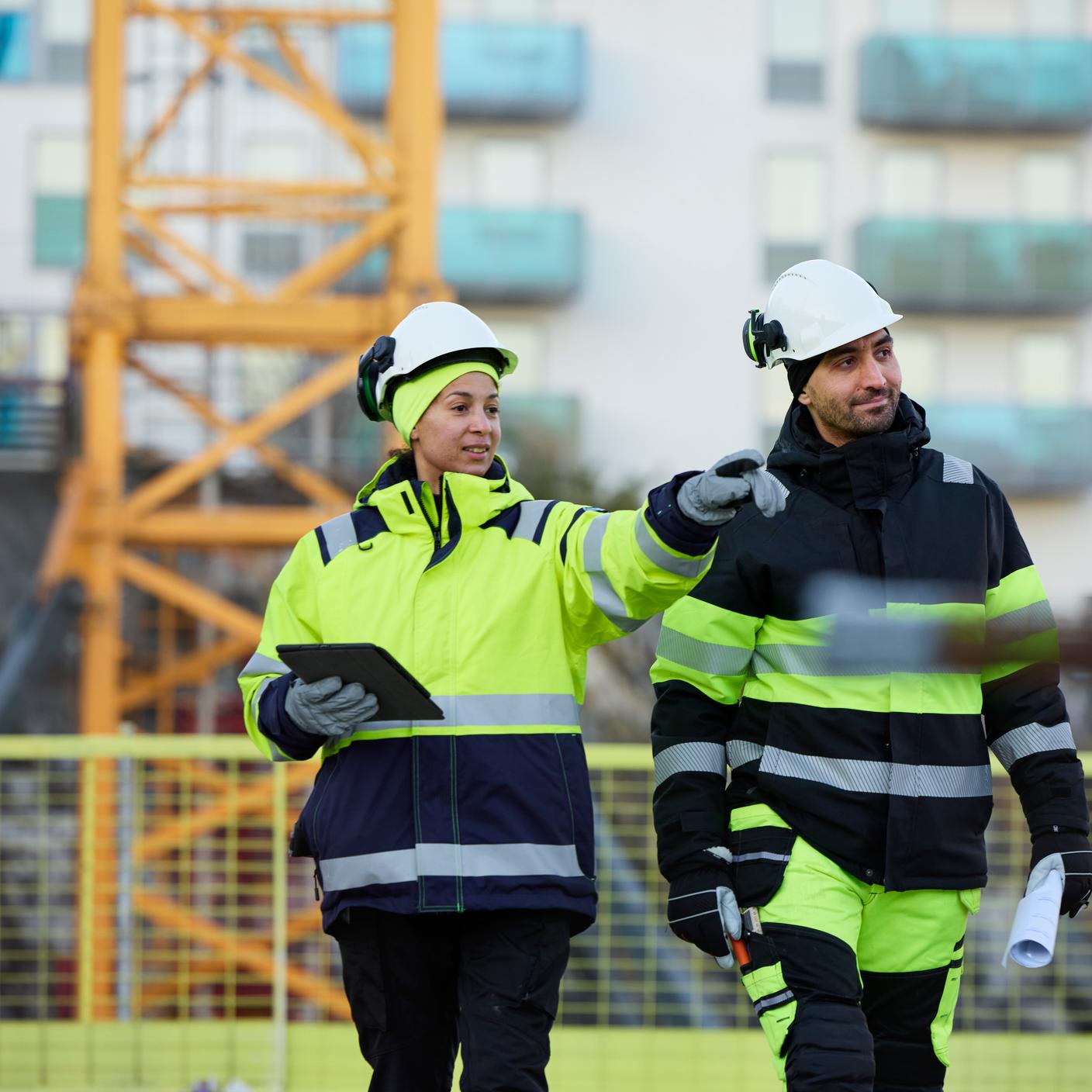Long before the pandemic reshaped our normal routines, employee stress and poor mental health had been an industry-wide concern. However, our post-pandemic world has seen work-related pressures take a greater toll on the workforce, particularly in physically demanding industries such as construction.
In construction, mental health is affected by a range of factors, including challenging working hours, drug and alcohol abuse, labor shortages, and a male-dominated culture where discussion about mental health issues can be difficult or overlooked completely. Consequently, the suicide rate within construction is four times higher than in the general population, and it has one of the highest rates of any other industry.
The physical health risks in construction include falls, caught-in or between, struck-byand electrocution, which are well documented and typically referred to as the “focus four” hazards. However, though equally important, mental health and psychological incidents are not recorded in the same way. An occupational health and safety management system that manages physical and psychological health can ensure that employees feel supported by their leadership team.
While there are no quick resolutions, there are tangible, strategic steps that safety leaders can take, such as implementing employee assistance programs (EAPs). To ensure that these are accessed by those who need them, strategies such as awareness campaigns or better visibility of mental health services may be beneficial. Other strategies include incorporating mental health into company-wide talks, sharing industry-specific statistics when discussing risks, and ensuring that employees are aware of common warning signs.
For smaller companies where EAPs may be impractical or expensive, staff can be supported by establishing clear organizational roles, surveying employees on their concerns, or offering greater flexibility in shift hours and break times.
There are several questions that any organization, regardless of size or industry, can address when developing mental health strategies:
- How will we clearly define our mental health and well-being strategy and deliver it consistently across our organization?
- How will we focus on actual organizational psychosocial risk management as opposed to individual resilience initiatives?
- How will we achieve effective communication and engagement across our organization?
- How will we manage the residual mental health impact of the pandemic and implement measures to cope with the aftermath, particularly in relation to individuals working from home?
- How will we measure the effectiveness of our strategies to promote mental health and well-being?
Focus on mental health awareness and the development of support initiatives should be considered in the revamping of existing health and safety programs or the development of new processes. Beginning with a basic program and simple, measurable, attainable goals, plus a focus on achieving those goals, monitoring progress, and evaluating outcomes should ultimately lend itself to a higher level of achievement.
This article was originally published in HSSE Global on March 8, 2023 under the title How construction companies can incorporate mental health into workplace H&S policy. The content has been modified and condensed for this blog. Refer to the full article for Joseph’s complete insights on this topic. For more insights that should be at the top of your organization’s list, visit BSI’s Experts Corner.








